
Experts Warn 1,000ft Mega Tsunami Could Slam Into Us Coast — Is Your Hometown In Danger?
Imagine hundreds of miles per hour as a wall of water, up to a third of a mile high, roars across the ocean. It is nearly impossible to comprehend the magnitude of a mega-tsunami’s destructive power.
Mega-tsunamis, as opposed to ordinary tsunamis brought on by earthquakes, are frequently brought on by massive landslides or erupting volcanoes.
Because of their closeness to landslide-prone areas, earthquake zones, and unstable volcanoes, three US regions—Alaska, Hawaii, and the West Coast—are at risk of mega-tsunamis.
Scientists continue to analyse the traces left by a mile-high mega-tsunami that was caused by an asteroid strike millions of years ago during the dinosaur era.
The Cumbre Vieja volcano on the Canary Island of La Palma is one terrifying possibility that might collapse into the Atlantic today and unleash a mega-tsunami towards the US East Coast.
The Netflix series ‘La Palma’ vividly depicts this situation, with a family on vacation while scientists find evidence of a volcanic explosion that can cause a devastating tsunami.
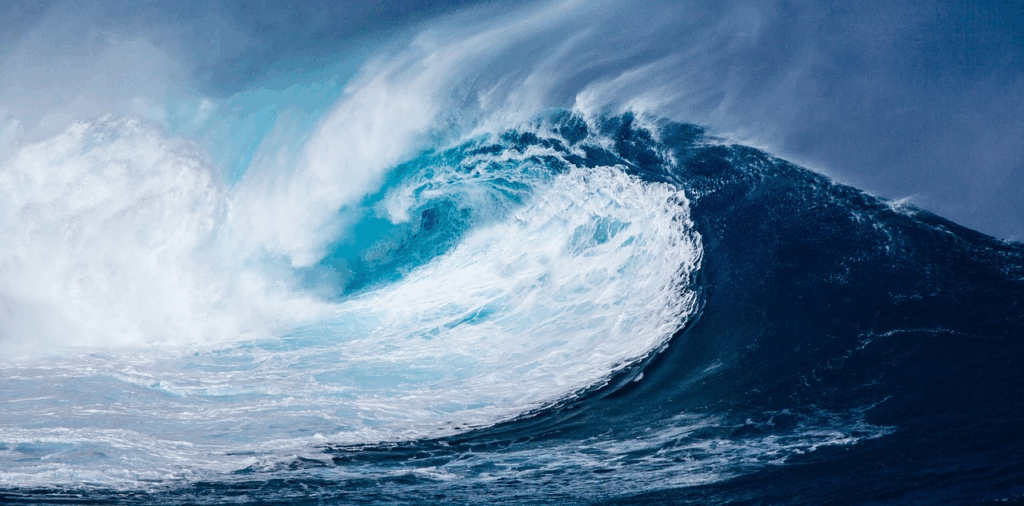
This concept originates from a 2001 study by Dr. Simon Day and Steven Ward, who cautioned that a collapse of the west flank of Cumbre Vieja may cause a huge wave to form by dropping up to 120 cubic miles of rock into the sea.
According to their analysis, this wave might harm coastal communities by starting at 2,000 feet high close to the volcano and reaching up to 150 feet when it strikes the Americas.
The US has much greater imminent mega-tsunami dangers in three areas: Alaska, Hawaii, and along the West Coast. However, other experts say that this Cumbre Vieja scenario is implausible because the volcano has erupted without producing such a tsunami.
These regions have already seen destructive waves brought on by earthquakes, landslides, or volcanic collapses—processes that are comparable to those examined in the Canary Islands.
Millions of people and coastal communities are at risk from future mega-tsunamis due to ongoing geological activity and environmental changes.
Alaska
Millions of tonnes of rock crashed into Gilbert Inlet in 1958 as a result of a catastrophic landslip caused by an earthquake near Alaska’s Lituya Bay.
It is estimated that the massive granite mass, which measured roughly 2,400 feet by 3,000 feet, weighed up to 90 million tonnes. According to NASA, that was the same as dumping eight million dump truck loads into the ocean.
The outcome was a 1,719-foot mega-tsunami that swept across the bay, the biggest wave ever recorded.
A ‘razor-cut’ line was observed by explorers as early as 1786, and witnesses described a loud ‘boom’ as ice-filled waves washed away lighthouses and stripped forests bare.
Another pair was never seen again, and one fisherman’s boat was raised so high he could see treetops below.
Similar to the Cumbre Vieja situation, a landslip caused the mega-tsunami at Lituya Bay. Massive volumes of rock can be shaken loose from sheer cliffs by earthquakes in this area, which can also displace water and produce huge waves.
The wave was particularly devastating because of the bay’s limited waters, which increased its height.
Alaska is still a landslip hotspot due to its untamed landscape and regular earthquakes.
Because melting glaciers destabilise slopes and loosen bedrock, climate change is making the problem worse.
Fourteen experts issued a warning in 2020 that a rockslide into Harriman Fiord could result from Barry Glacier’s retreat, which could cause a huge wave the size of Lituya Bay.
The director of Alaska’s Division of Geological Surveys, Steve Masterman, stressed that as temperatures rise, the likelihood of these occurrences increases. In order to forecast and get ready for future calamities, scientists are currently keeping an eye on slopes and glaciers.
Hawaii
Mega-tsunamis caused by collapsed volcanoes have a history of occurring on Hawaii’s volcanic islands. Marine fossils were left high on the slopes of the island of Lanai after a 1,000-foot tsunami crashed onto it some 105,000 years ago.
Similar to the Cumbre Vieja scenario, researchers think this was created by a major volcanic landslip.
The coasts of the islands were changed by the massive amounts of rock that were hurled into the sea by other historic slides, including as the 20-mile-long Nu’uanu slide, which created waves as high as 300 feet.
Layers of lava are piled up by Hawaii’s volcanoes to build, but these slopes can become unstable and fall, particularly during earthquakes or eruptions.
Millions of tonnes of rock may tumble into the ocean as a result, causing mega-tsunamis that destroy neighbouring islands. These incidents are especially deadly because of the steep terrain of the islands.
Volcanoes in Hawaii are still active, and the biggest hazard is found on the southeast part of the Big Island, which is home to “younger” volcanoes like Kilauea and Mauna Loa.
Kilauea has actually been erupting lava for months. On May 6, the most recent eruption in its current cycle came to a close.
Researchers from Penn State caution that these precarious slopes might collapse once more, causing enormous waves.
The islands remain vulnerable to tsunamis because to the continuous volcanic activity and regular earthquakes.
Residents and tourists must be prepared for unexpected tsunami alerts and evacuation orders, even as scientists keep an eye on landslide-prone areas and volcanic activity.
The West Coast
The West Coast settlement of Pachena Bay was destroyed on January 26, 1700, when a magnitude 9 earthquake along the Cascadia Subduction Zone triggered a mega-tsunami.
Only 30 minutes after the earthquake, waves as high as 100 feet hit, leaving no survivors.
Huu-ay-aht Speaking in 1964, Chief Louis Clamhouse related the oral narrative, saying, “The land shook at night.” There was no time for them to flee. Everyone drowned.
Additionally, coastal woods were dropped into the tidal zone by the earthquake, resulting in “ghost forests” of dead tree stumps that are still evident today. Japan recorded an enigmatic tsunami across the Pacific that was subsequently connected to this incident.
A large seismic event, in which one tectonic plate moves beneath another, was the cause of the Cascadia mega-tsunami, as opposed to landslide-driven tsunamis.
Massive volumes of ocean water are displaced by this movement, causing tsunamis to travel great distances. The 1700 incident demonstrated the potential reach of these waves.
One of North America’s most active seismic zones, the Cascadia Subduction Zone is likely to see another significant earthquake in the ensuing decades.
A tsunami like the Tohoku-oki tragedy in Japan in 2011, which claimed around 16,000 lives, might be triggered by a similar incident.
According to estimates from the US Geological Survey and FEMA, the likelihood of an earthquake in Cascadia with a magnitude of 8 to 9 occurring over the next 50 years is 37 percent.
Parts of the shoreline may permanently sink, submerging coastal cities like Tillamook, Astoria, and Newport.
Although early warning systems and evacuation plans are being improved by researchers, the tsunami hazard persists due to the region’s earthquake susceptibility.
Because of their dynamic geology and shifting surroundings, Alaska, Hawaii, and the West Coast are constantly at risk of mega-tsunamis.
As in the past, landslides driven by melting glaciers in Alaska, shaky volcanoes in Hawaii, and strong earthquakes around the West Coast could cause devastating waves.
The hazard persists even as communities plan and educate themselves, and scientists keep an eye on these threats.
News in the same category

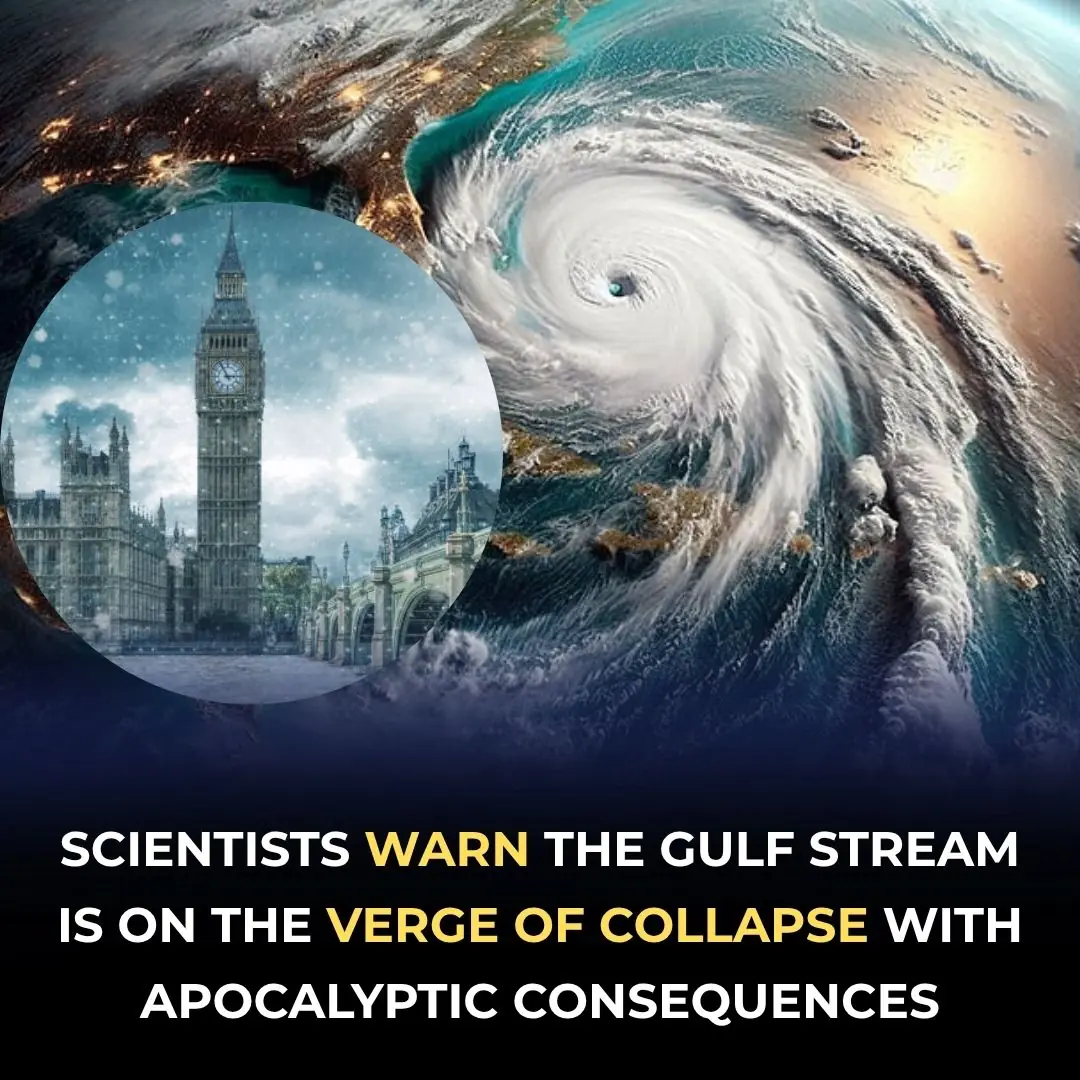
Gulf Stream On The Brink Of Collapse — Scientists Warn Of Global Catastrophe

French Farmer Discovers $4 Billion Gold Deposit, But Legal Hurdles Prevent Him From Profiting

Inside The Global Seed Vault: Earth’s ‘Safest Place’ Only Opens Six Times A Year

Chilling Final Words Of Air India Pilot Moments Before Tragic Crash That Killed 265 Uncovered

Scientists Explore Shocking Idea That Plants And Atoms Could Be Aware

Man Sentenced After Stowing Away On 120 Flights By Masquerading As Flight Attendant
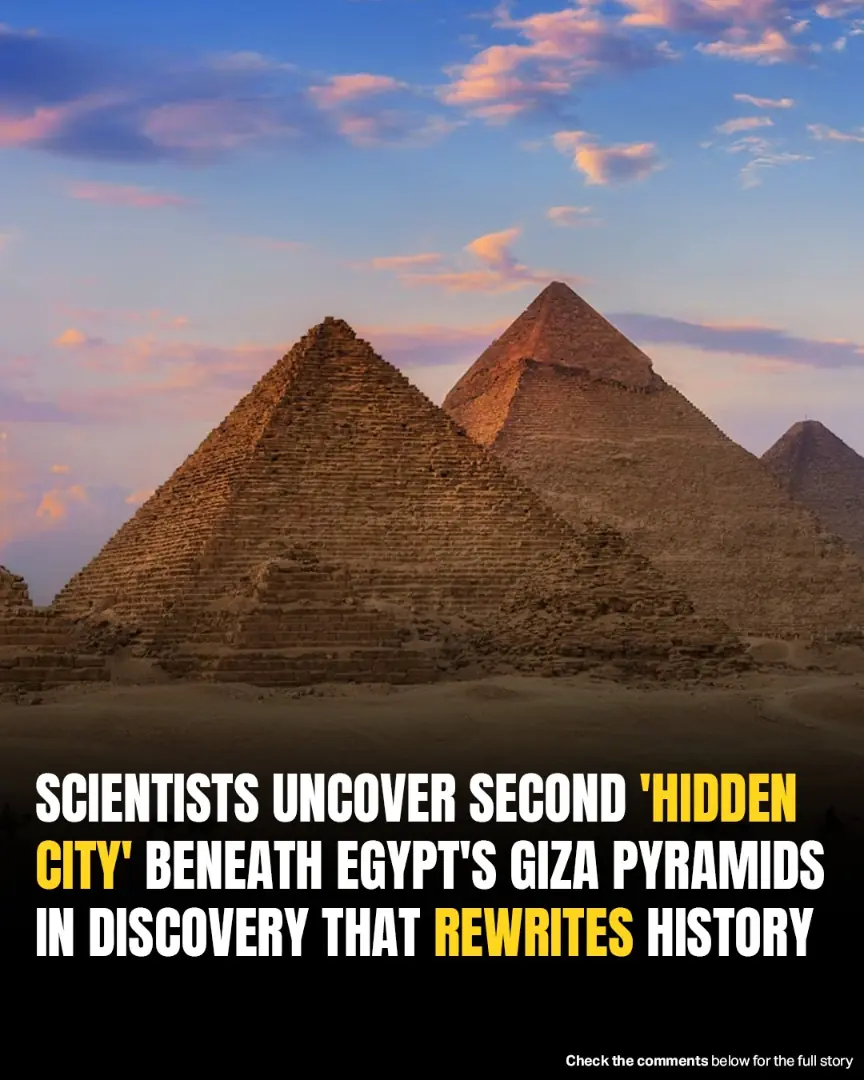
Archaeologists Claim Discovery Of Second ‘Hidden City’ Beneath Giza Pyramids—Sparks Historic Rewrite

Woman Spends Over A Decade Saving For A Nose Job—But Better Sit Down Before Seeing Her After

If You See A Woman Wearing A Wedding Ring On Her Pinky Finger Here’s What It Means

Experts Are Shedding Light on the ‘Death Rattle’ Phenomenon Before Passing
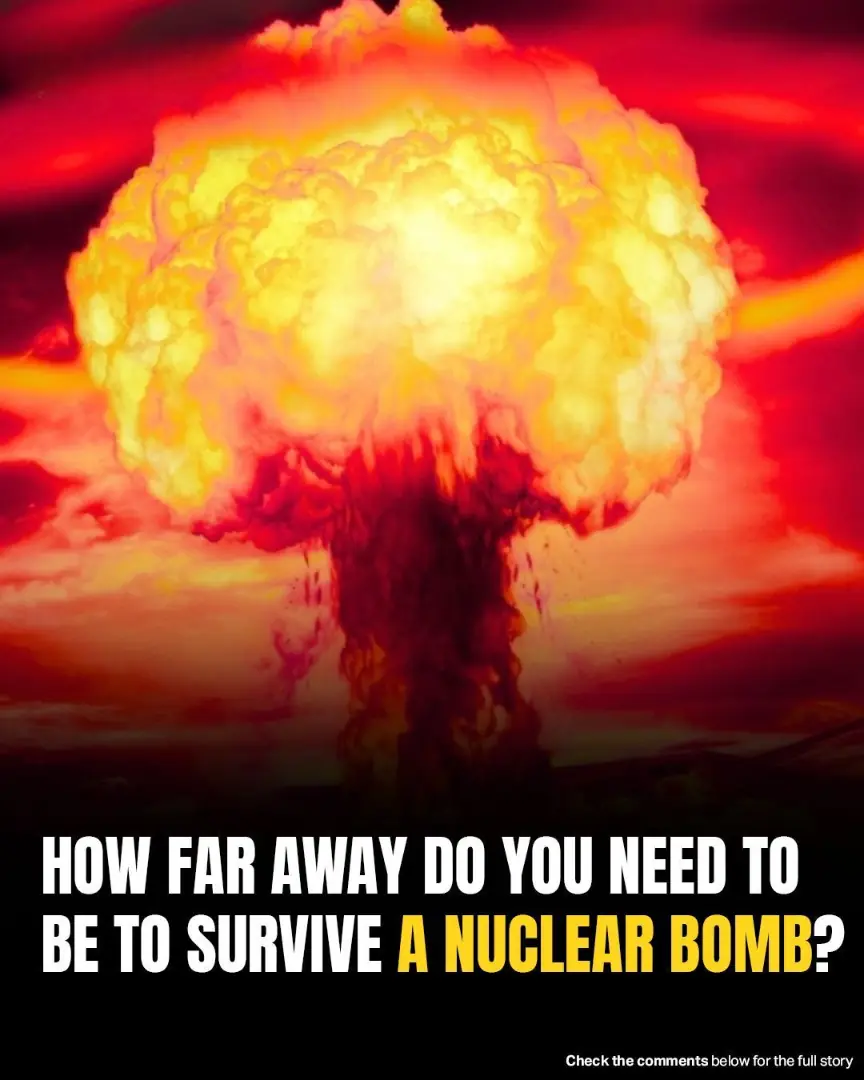
Experts Break Down How Far You’d Need To Be To Survive A Nuclear Blast

Flight Attendant Reveals Why Cabin Says Hello As You Board, and It’s Not What Think

10 Cities That Could Be Underwater by 2050. Here’s The Full List

Never keep these 4 relics after losing a loved one

Flight attendant explains the unexpected reason cabin crew keep their hands under their thighs during takeoff and landing

Dad With 240 Tattoos Faces Backlash As People Think He Is A Horrible Father – Then His Wife Reveals The Truth

Woman Escapes Tragedy By Minutes After Missing Deadly Air India Flight — Her Chilling Story
News Post

Say Goodbye to Varicose Veins Forever with This Simple Natural Oil!

Avocado After 50: Here’s What Happens After 7 Days of Use

5 Countries Tighten Immigration Rules, Making It Tougher For Americans To Move Abroad

Gulf Stream On The Brink Of Collapse — Scientists Warn Of Global Catastrophe

Astonishing Cancer-Fighting Power of One Juice — Even Doctors Are Surprised

5 Types of Cancer with Over 90% Cure Rate: Early Signs Everyone Should Pay Attention To

Doctor's Advice: Whether You're Rich or Poor, Never Eat These 3 Foods for Breakfast – They Can Lead to Aggressive Cancer

Lemon and Charcoal: A Natural Skin Care Secret to Save Money and Glow

Golden Energy: How Turmeric, Black Pepper, and Almond Milk Support a Healthier You

French Farmer Discovers $4 Billion Gold Deposit, But Legal Hurdles Prevent Him From Profiting

Inside The Global Seed Vault: Earth’s ‘Safest Place’ Only Opens Six Times A Year

Chilling Final Words Of Air India Pilot Moments Before Tragic Crash That Killed 265 Uncovered

Scientists Use CRISPR to Eliminate HIV from Human Immune Cells

Eat These 9 Fruits Daily to Brighten Your Vision & Prevent Cataracts Naturally (Science-Backed)
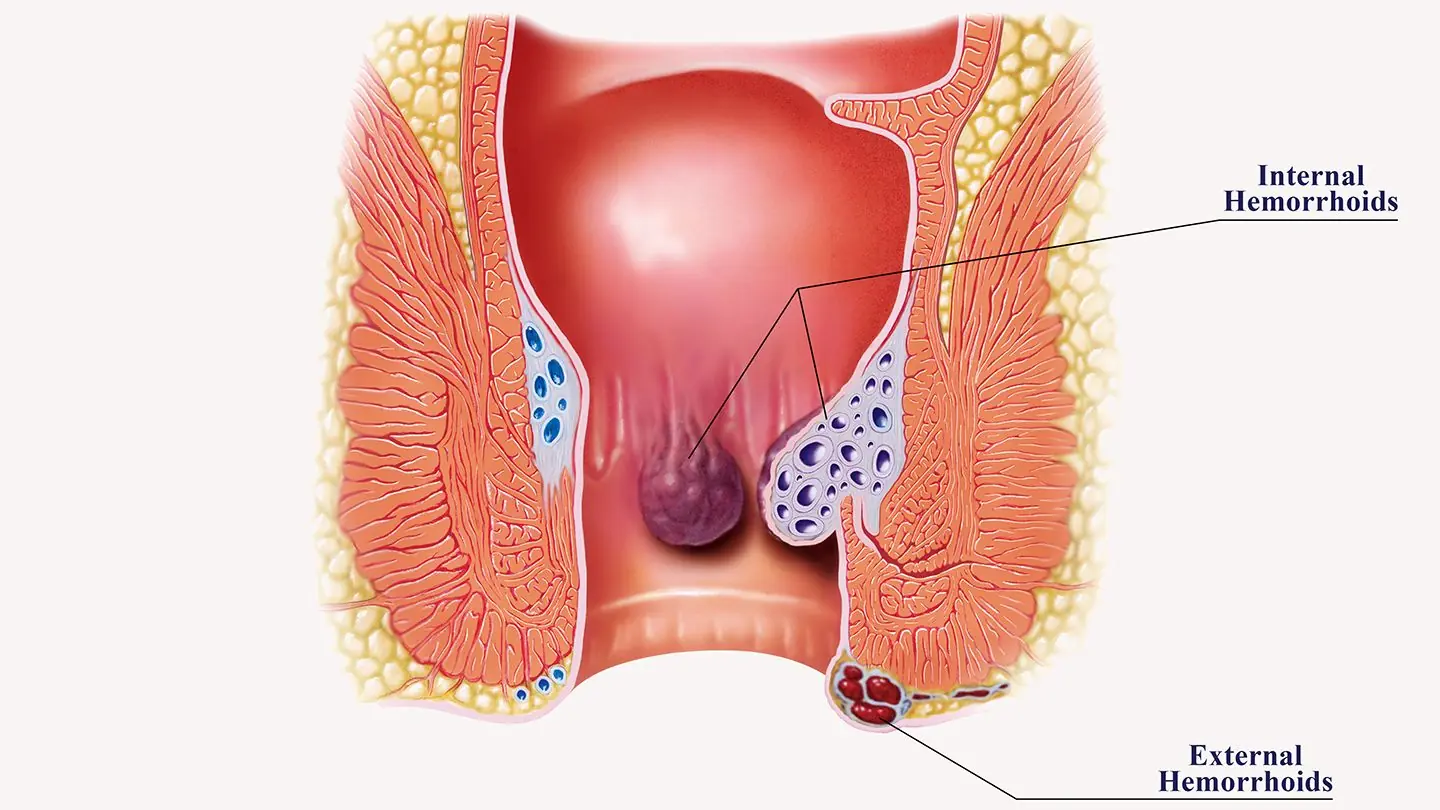
Hemorrhoids: Fast, Effective, Science-Backed Ways to Find Relief

The Plant That Closes Its Leaves When You Touch It – And May Support Your Health Naturally

Ovarian Cancer: 8 Early Signs You Need to Know

It’s Not Just Tooth Decay: 2 Common Signs in Your Mouth That Are SOS Signals From Your Body — Don’t Ignore Them

3 Early Signs of Lung Cancer You Shouldn’t Ignore — It Could Become Life-Threatening
